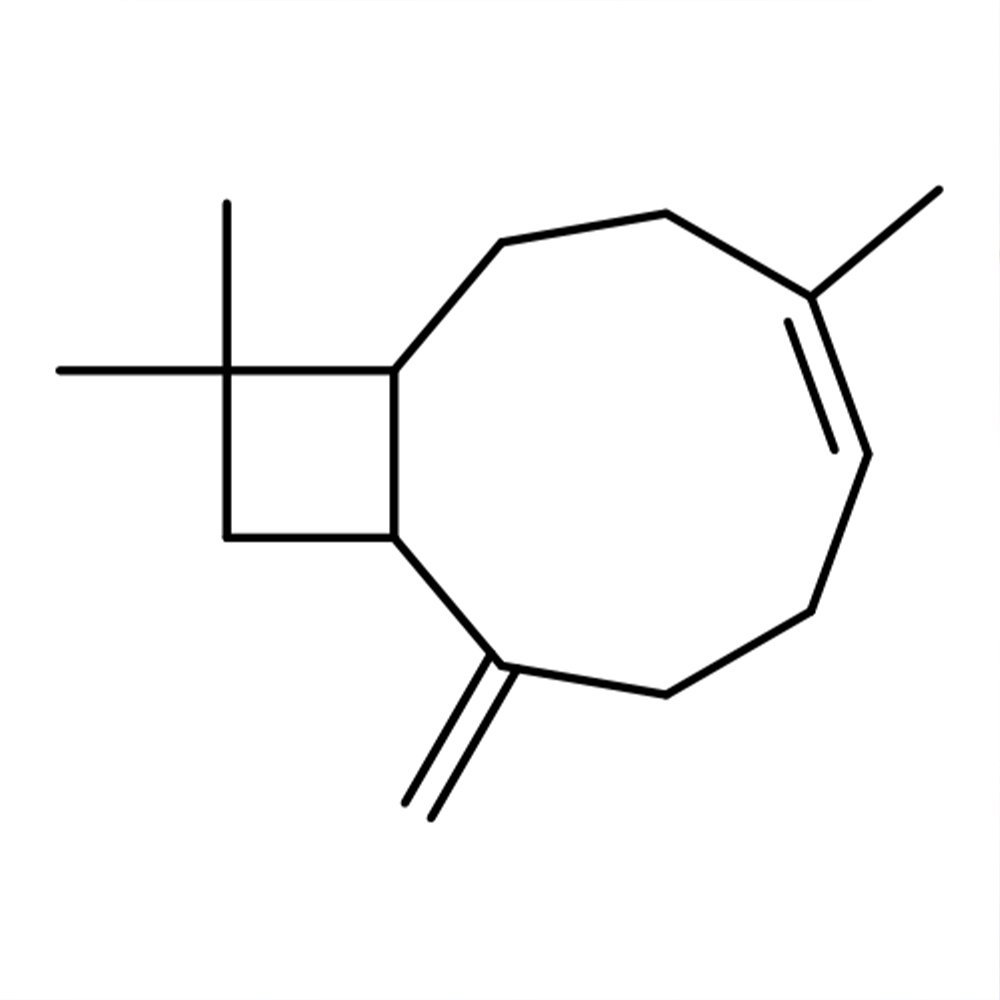 Image 1 of 2
Image 1 of 2

 Image 2 of 2
Image 2 of 2



Exaltolide
Premium Synthetic Ingredient for Perfumery
Exaltolide is a synthetic macrocyclic musk known for its naturalistic, sweet, and skin-like scent with soft floral and ambrette-like nuances. Developed by Firmenich, this lactonic compound belongs to the macrolide family, offering medium strength and exceptional tenacity, often perceptible for up to two weeks on paper. Uniquely, Exaltolide acts not only as a fixative but as a true olfactive modulator, enhancing wearability and diffusion of fragrances, especially on skin. Its elegant musk character is synergistic in blends and highly effective at low concentrations, particularly in combination with Musk T.
Premium Synthetic Ingredient for Perfumery
Exaltolide is a synthetic macrocyclic musk known for its naturalistic, sweet, and skin-like scent with soft floral and ambrette-like nuances. Developed by Firmenich, this lactonic compound belongs to the macrolide family, offering medium strength and exceptional tenacity, often perceptible for up to two weeks on paper. Uniquely, Exaltolide acts not only as a fixative but as a true olfactive modulator, enhancing wearability and diffusion of fragrances, especially on skin. Its elegant musk character is synergistic in blends and highly effective at low concentrations, particularly in combination with Musk T.
Premium Synthetic Ingredient for Perfumery
Exaltolide is a synthetic macrocyclic musk known for its naturalistic, sweet, and skin-like scent with soft floral and ambrette-like nuances. Developed by Firmenich, this lactonic compound belongs to the macrolide family, offering medium strength and exceptional tenacity, often perceptible for up to two weeks on paper. Uniquely, Exaltolide acts not only as a fixative but as a true olfactive modulator, enhancing wearability and diffusion of fragrances, especially on skin. Its elegant musk character is synergistic in blends and highly effective at low concentrations, particularly in combination with Musk T.
Synthetic Ingredient Overview
🏭 Manufacturer — Firmenich
🔎 Chemical name — 1,15-Pentadecanolide
🧪 Synonyms — Exaltolide, 15-Hydroxypentadecanoic acid lactone
🧬 Chemical Formula — C₁₅H₂₈O₂
📂 CAS N° — 111879-80-2
📘 FEMA — Not listed
⚖️ MW — 238.37 g/mol
📝 Odor type — Musk
📈 Odor Strength — Medium; up to 2 weeks on blotter
👃🏼 Odor Profile — Intense, sweet, soft, skin-like, ambrette, floral, musky with cosmetic diffusion
👅 Flavor Profile — Vanilla bean, powdery heliotropin, creamy, licorice
⚗️ Uses — Fixative and mellowing agent in fine perfumery; adds depth, softness, and elegant muskiness; synergistic with Musk T for enhanced diffusion; used up to 5%
🧴 Appearance — White crystalline solid at 20°C
💧 Solubility — Insoluble in water; very weak base (essentially neutral)
What is Exaltolide?
Exaltolide is a macrocyclic lactone musk, part of the macrolide class of fragrance ingredients—compounds characterized by large lactone rings (≥12 atoms). Specifically, it is a synthetic form of 1,15-pentadecanolide, structurally related to cyclopentadecanolide, which naturally occurs in small quantities in angelica root oil.
Exaltolide stands out for its remarkable tenacity and skin affinity. Unlike physical fixatives that merely reduce volatility, Exaltolide actively modulates and amplifies wearability, creating smooth transitions and enhanced projection when applied to the skin. This makes it a valuable tool in formulating natural-smelling musks and long-lasting bases.
Olfactory Profile and Perfumery Applications
Exaltolide contributes a clean, soft, and slightly fruity-musky scent with floral and ambrette undertones. It mimics natural skin scent and enhances the cosmetic feel of a perfume, especially in:
Musk bases
Floral musks
Woody or ambrette-rich structures
Clean-skin and minimalistic formulations
Key features:
Synergistic with Musk T and other macrocyclic musks
Low-dose effectiveness: impactful even below 1%
Enhances diffusion, elegance, and warmth in final drydown
Its wearability is particularly noticeable when the fragrance is applied directly to the skin, where it adds smooth persistence.
Synthesis and Purity
Exaltolide can be synthesized through:
Ring expansion of cyclotetradecanone
Depolymerization of polyesters of 15-hydroxypentadecanoic acid
At ≥98% purity, the synthetic form is chemically equivalent to Firmenich's Exaltolide, though Exaltolide Total may be used at lower purities (~92%) depending on the application.
Natural Occurrence and Sensory Role
While Exaltolide itself is synthetic, related macrolides like cyclopentadecanolide occur in:
Angelica root essential oil
Animal fats and some green vegetables
Herbs and spices (trace quantities)
Its presence as a trace component in food matrices gives it flavor descriptors such as:
Vanilla
Heliotropin-like (powdery almond)
Creamy-lactonic
Mild licorice notes
Regulatory and Safety Overview
IFRA: Not restricted under IFRA Standards (51st Amendment). Use levels typically up to 5%.
EU Allergen Listing: Not included among the 26 declarable fragrance allergens (Reg. EC 1223/2009).
FEMA GRAS: Not listed for food use.
ECHA: Registered under REACH; not classified as hazardous under CLP
Toxicology: No significant irritation or sensitization reported. Low volatility reduces inhalation exposure risk.
Stability: Stable in most formulations. Recommended storage in sealed containers, dry conditions.
✅ Considered a safe and effective musky fixative for fine fragrance and personal care formulations.
Sources
PubChem CID 9856149 – Exaltolide (Oxacyclohexadec-12-en-2-one)
IFRA Standards Documentation
Firmenich Product Literature
ECHA Substance Information – Exaltolide
Perfume and Flavor Chemicals – Arctander
Fulvio Ciccolo & Scentspiracy Technical Archive




